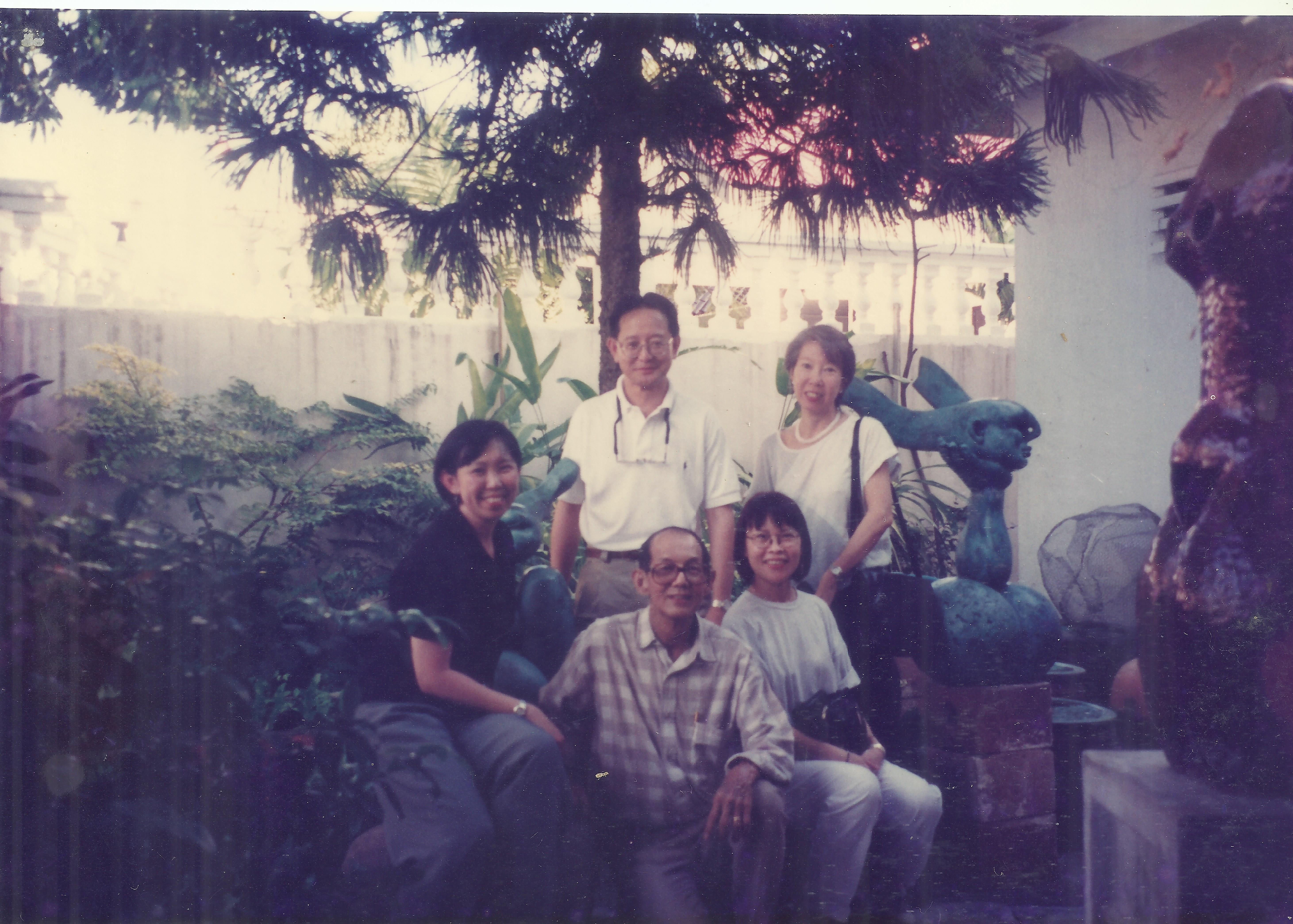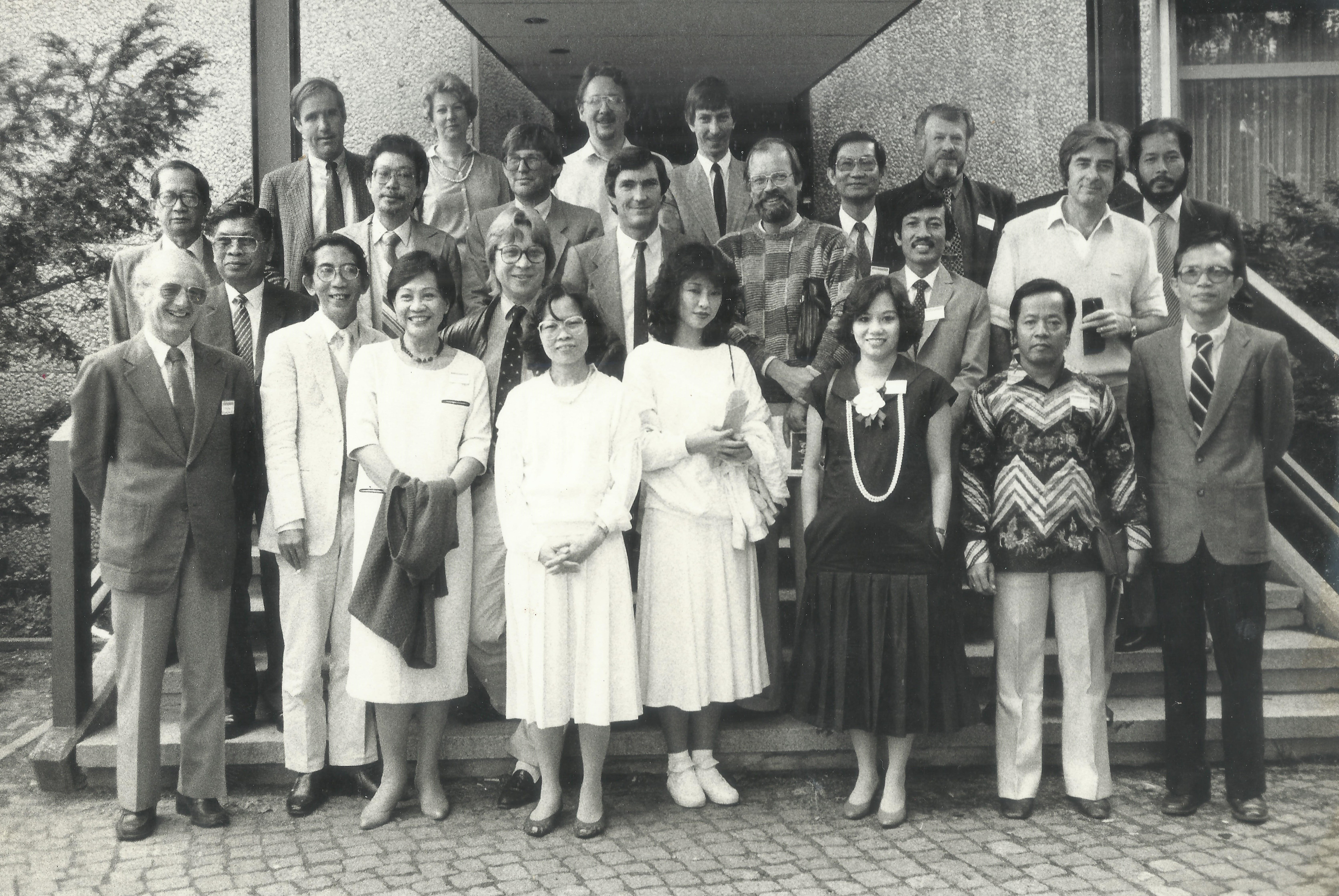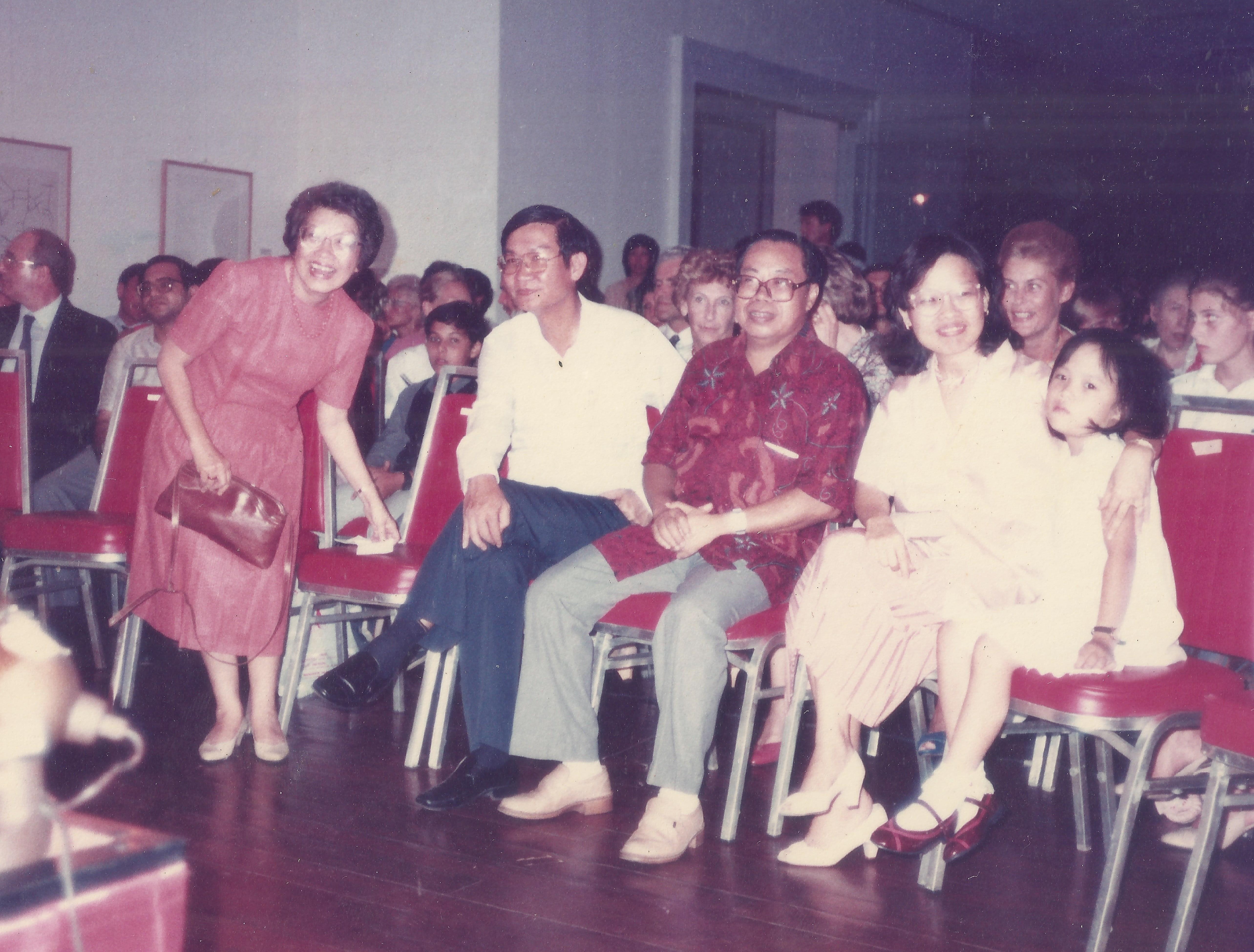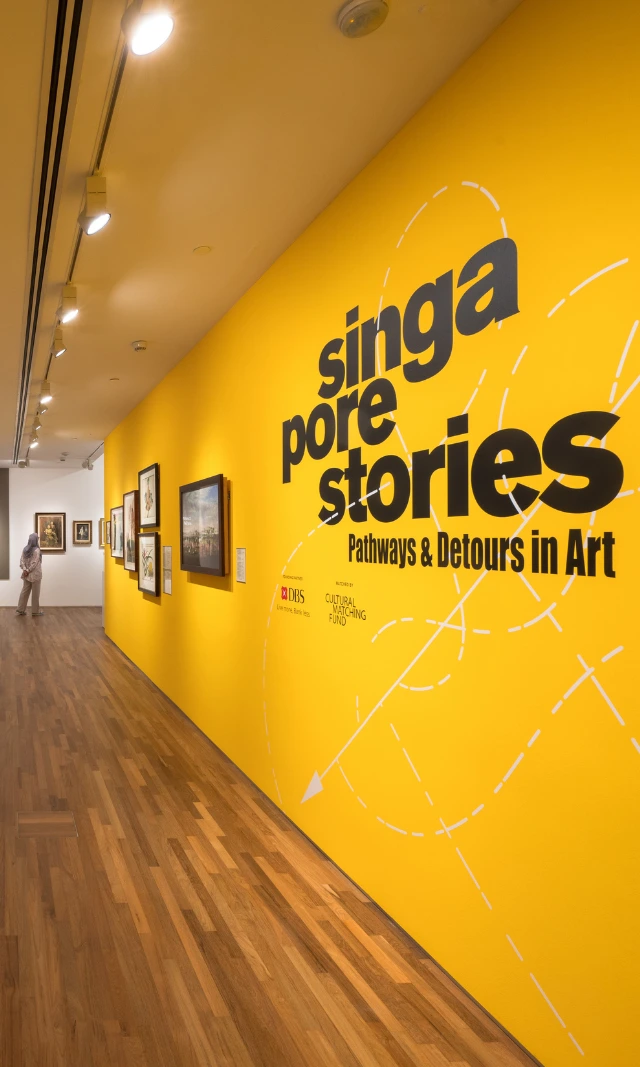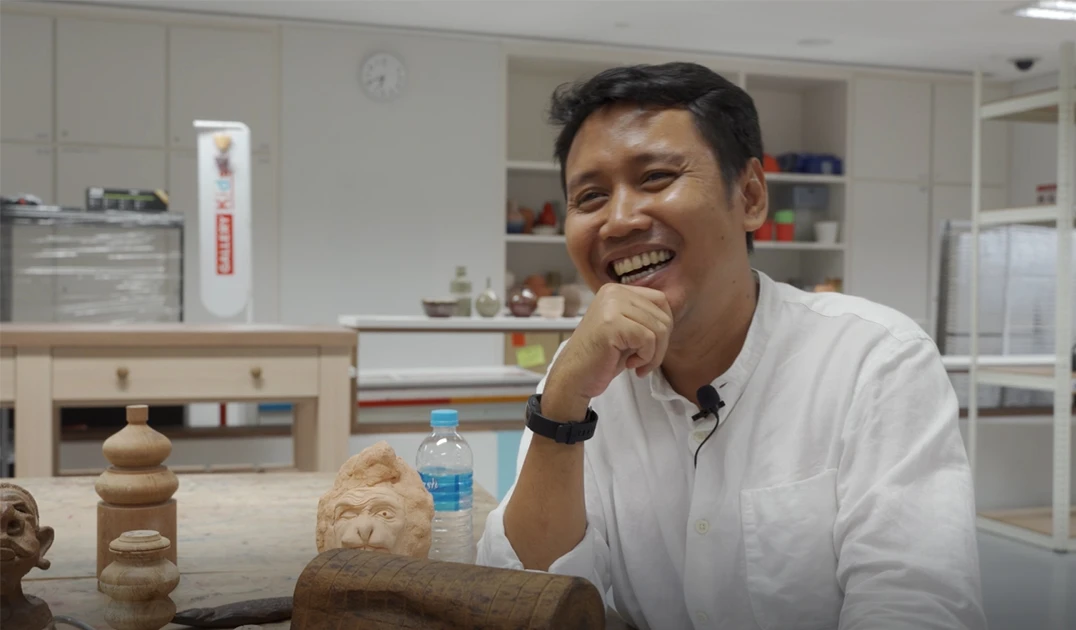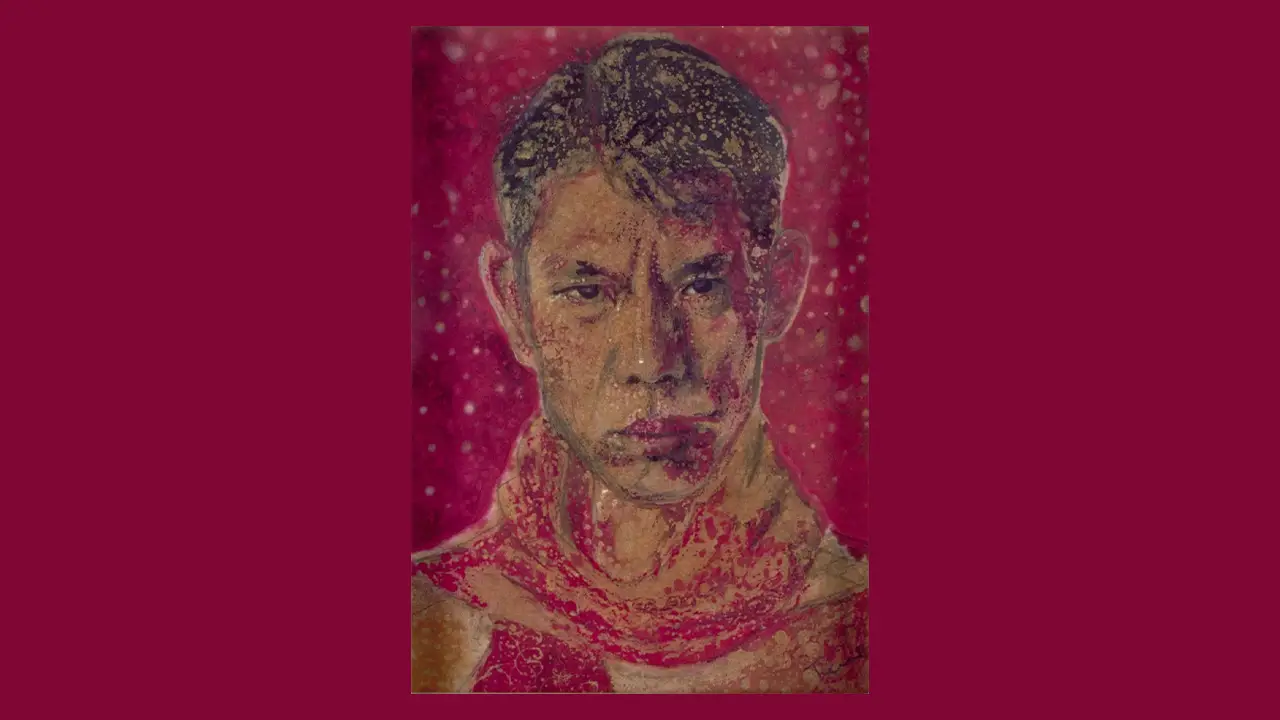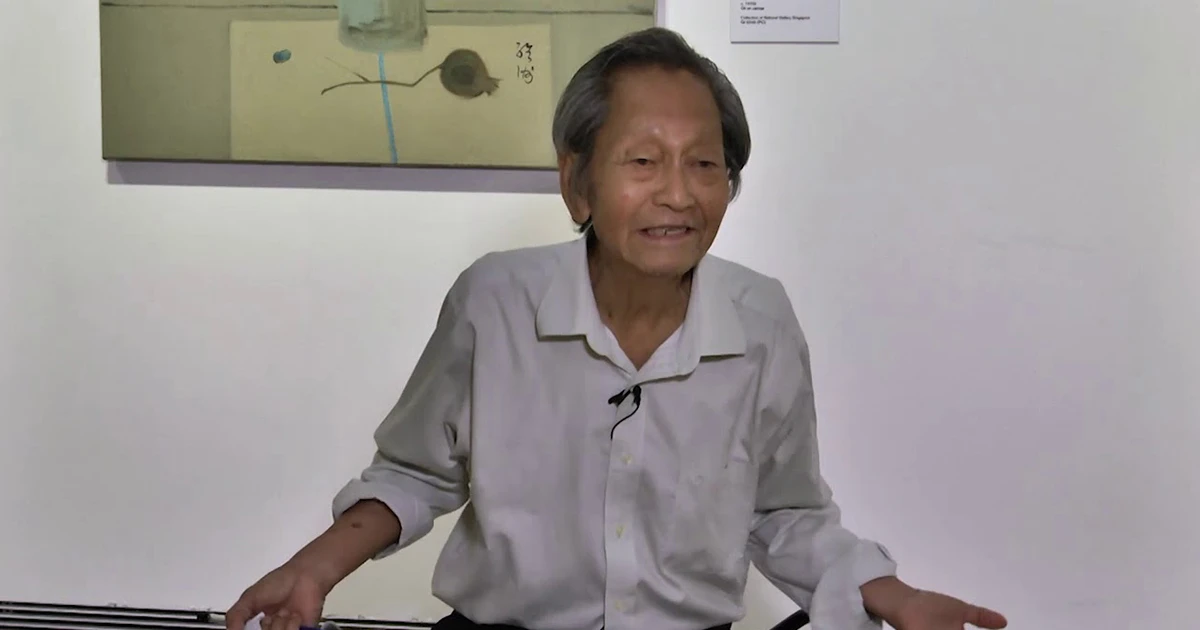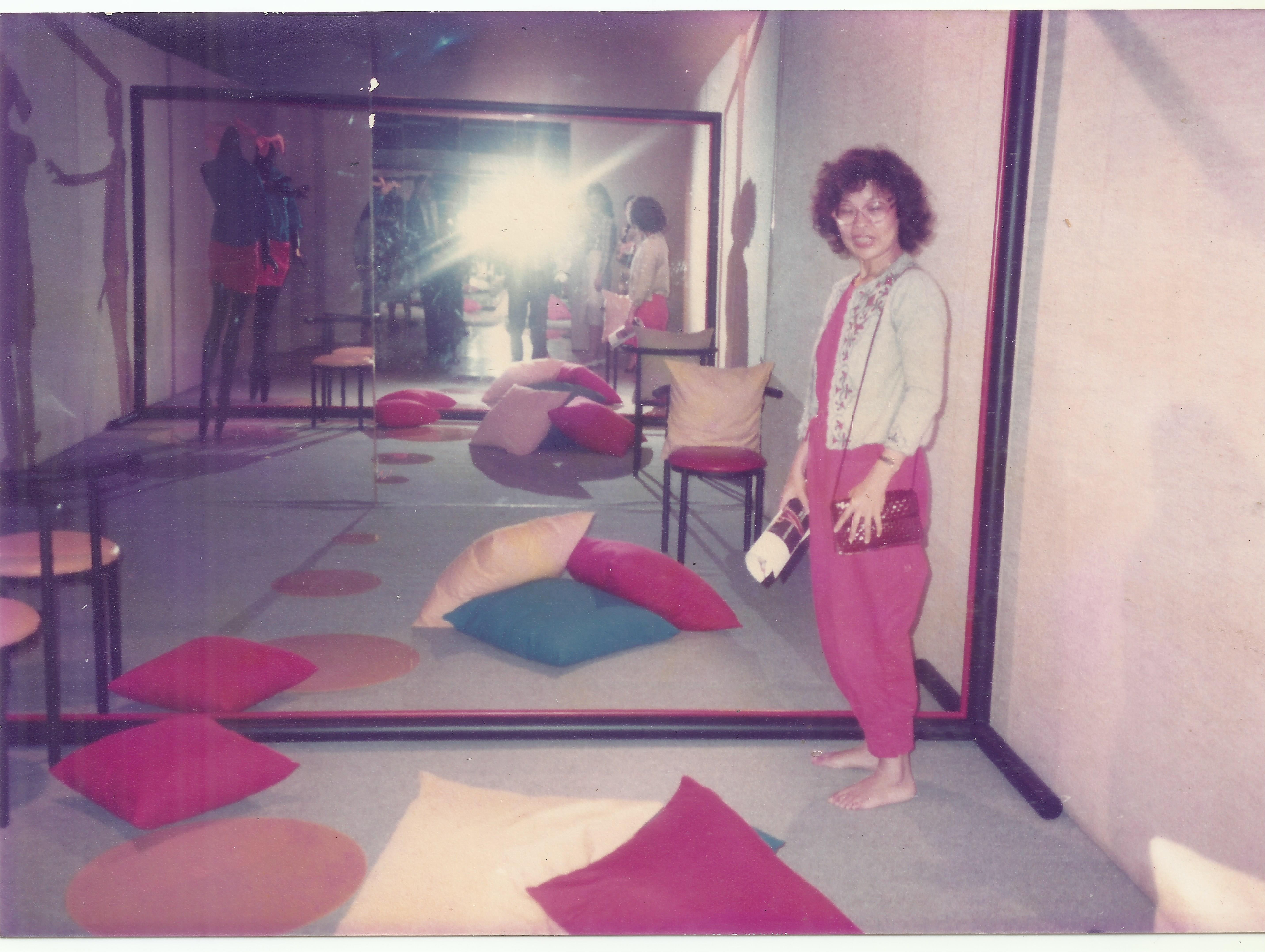
1986
Juliana Lim’s passion for her work shines through as she recalls her time at City Hall.
“I was only about 24 or 25 years old when I joined the Ministry of Communications in 1974 as an Administrative Assistant, the most basic grade of the Administrative Service,” Juliana says.
The Ministry of Communications was then in charge of telecommunications, road transport, aviation and maritime matters.
Pushing paper and policies
“We literally pushed paper as there were no computers then,” laughs Juliana. “We wrote policy papers by hand for the stenographers to type in carbon copies before they were sent to the bosses for approval.”
Behind the tedium of the process were hours of planning and projections that led to the birth of many important government policies, some of which developed into current policies.
For example, the Area Licensing Scheme, the precursor to the current Electronic Road Pricing scheme, started as a national campaign to reduce peak-hour congestion in the Central Business District.
“We did not know it then – we were just quietly doing our jobs but we were making pioneering policies that helped shape modern Singapore.”
Outside of work, young Juliana enjoyed socialising with her colleagues.
“Although we often worked late, we sometimes went out together for dinner and drinks. I remember going to the disco with colleagues who drove.” Juliana elaborates, “One of them was former Minister Mah Bow Tan!”
Dream job
The next time Juliana was back at City Hall, she had found her dream job in the Ministry of Culture.
“I was very passionate, still am, about promoting the arts, as I love the arts so much. Our national focus then was on the economy. Art and culture were of low priority and did not receive much funding,” Juliana recalls.
“But my colleagues and I had a certain earnestness about us, trying to help the fledging arts scene. We worked hard doing cultural planning, writing proposals about arts schools, and certifying ethnic music. We even worked on weekends and at night to meet artistes at theatres and rehearsals.”
To Juliana, the Cultural Vision 1999 opened the doors to promote the arts as government funding became available.
"The Cultural Vision was part of the “Singapore, City of Excellence – A Vision for Singapore by 1999” election manifesto unveiled by then-First Deputy Prime Minister Goh Chok Tong in 1984 on the eve of Nomination Day. Although it was only a manifesto, not a government plan, I felt like the shackles holding me back just fell right off!”
A thriving arts scene
Besides elevating the Singapore Festival of Arts from a local school level to international stature, Juliana was active in policy-making to support the arts through training grant and scholarship schemes. Of particular pride to Juliana is the Arts Housing Scheme.
“I remember approaching the Land Office for disused buildings to offer arts groups space at affordable rents. This was then unheard of so I was very pleased with our Arts Housing Scheme,” Juliana explains. “This led to the development of new arts spaces such as the Telok Ayer Performing Arts Centre, Stamford Arts Centre and The Substation.”
Juliana also has fond memories of meeting artists ranging from Nanyang artists like Liu Kang and Chen Wen Hsi to young artists like Jimmy Ong and Koh Joo Ann. She worked too with well-known figures in the local choral and museum scenes like Professor Bernard Tan and Constance Sheares.
“In the past, when the Ministry did not have much money to finance exhibitions or productions, it was the foreign diplomatic missions that offered venues and support. But with arts funding schemes in place, we could help artists through grants. We felt enormous satisfaction when our efforts to secure funding succeeded. It meant that we had done our jobs well.”
Asked if she felt a certain prestige working at City Hall, Juliana laughs. “When I went on my next posting with spanking new offices, I remember thinking that the poor Ministry of Culture was still stuck in the backwaters—a grimy, old building with its bare functional offices. But now I feel very fortunate to see City Hall in all its restored glory. And pleased that visitors can appreciate its physical beauty and historical significance.”
